Comparison of Explainability and Scalability of Causal AI and LLMs in AGI
DOI: 10.23977/acss.2025.090315 | Downloads: 0 | Views: 45
Author(s)
Zicheng Huang 1
Affiliation(s)
1 College of of Computer Science and Software Engineering, Guangxi Normal University, Guilin, 541006, Guangxi, China
Corresponding Author
Zicheng HuangABSTRACT
Causal AI and Large Scale Language Modeling (LLM) are the two main directions of current AI research, focusing on causal reasoning and natural language processing, respectively. This article attempts to answer a key question: Which is more promising on the path towards safe general artificial intelligence (AGI), casual AI or LLM? Research shows that although both have their own advantages, relying solely on either path has significant limitations. Therefore, this article proposes a fusion path that combines the causal inference ability of Causal AI with the language understanding and task execution advantages of LLM, which may provide a more feasible solution for the implementation of AGI. Ultimately, the comprehensive method proposed in this article may bring new insights and directions for the development of artificial general intelligence.
KEYWORDS
Artificial General Intelligence, Artificial Intelligence, Large Language Models, Machine LearningCITE THIS PAPER
Zicheng Huang, Comparison of Explainability and Scalability of Causal AI and LLMs in AGI. Advances in Computer, Signals and Systems (2025) Vol. 9: 122-129. DOI: http://dx.doi.org/10.23977/acss.2025.090315.
REFERENCES
[1] D. Wu, H. Li, X. Chen, "Exploring the impact of general-purpose large AI models on education," Open Education Research, vol. 29, no. 2, pp. 19-25+45, 2023.
[2] J. Zhao, F. Wen, J. Huang, et al., "Toward general artificial intelligence for power systems with large language models: theory and applications," Automation of Electric Power Systems, pp. 1-16, 2024. [Online]. Available: http://kns. cnki.net/kcms/detail/32.1180.tp.20231123.1439.006.html.
[3] P. Wang, "From control to guidance: intuition and governance paths of general artificial intelligence," Oriental Law, pp. 1-11, 2024. [Online]. Available: https://doi.org/10.19404/j.cnki.dffx.20231116.005.
[4] J. Shi, J. Liu, "Optimization and innovation of public-library services based on general artificial intelligence," Library Development, pp. 1-11, 2024. [Online]. Available: http://kns.cnki.net/kcms/detail/23.1331.G2.20231031.1435.005.html.
[5] Z. Zhang, T. Liu, "ChatGPT technology analysis and prospects for general artificial-intelligence development," Bulletin of National Natural Science Foundation of China, vol. 37, no. 5, pp. 751-757, 2023. DOI:10.16262/j.cnki.1000-8217.20231026.003.
[6] K. Zou, Z. Liu, "Governance of ChatGPT-like general artificial intelligence from the perspective of algorithmic-security review," Journal of Hohai University (Philosophy and Social Sciences), vol. 25, no. 6, pp. 46-59, 2023.
[7] Y. Xiao, "Generative language models and general artificial intelligence: connotation, path and implications," People's Tribune Academic Frontier, no. 14, pp. 49-57, 2023. DOI:10.16619/j.cnki.rmltxsqy.2023.14.004.
[8] N. Yu, "The impact of new-generation general artificial intelligence on international relations," International Studies, no. 4, pp. 79-96+137, 2023.
[9] T. Zhu, "General artificial intelligence in psychology: an application analysis," People's Tribune Academic Frontier, no. 14, pp. 86-91+101, 2023. DOI:10.16619/j.cnki.rmltxsqy.2023.14.008.
[10] H. M. Dettki, B. M. Lake, C. M. Wu, et al., "Do large language models reason causally like us? Even better?" in Proc. Annual Meeting of the Cognitive Science Society, 2025, arX:2502.10215.
[11] H. Chi, H. Li, W. Yang, et al., "Unveiling causal reasoning in large language models: reality or mirage?" in Thirty-Eighth Conf. Neural Information Processing Systems, 2024, arXiv:2506.21215.
[12] X. Wu, S. Chakraborty, R. Xian, et al., "On the vulnerability of LLM/VLM-controlled robotics," IEEE Transactions on Robotics, 2025, early access, arXiv:2402.10340. DOI:10.1109/TRO.2025.3412345.
[13] E. Kıcıman, R. Ness, A. Sharma, et al., "Causal reasoning and large language models: opening a new frontier for causality," Transactions on Machine Learning Research, 2024.
[14] M. Willig, M. Zečević, D. S. Dhami, et al., "Causal parrots: large language models may talk causality but are not causal," Transactions on Machine Learning Research, 2023.
[15] J. Pearl, Causality: Models, Reasoning, and Inference, 2nd ed. Cambridge: Cambridge University Press, 2009.
[16] Z. J. Davis, B. Rehder, "A process model of causal reasoning," Cognitive Science, vol. 44, no. 8, e12839, 2020.
[17] B. Rehder, M. R. Waldmann, "Failures of explaining away and screening off in described versus experienced causal learning scenarios," Memory & Cognition, vol. 45, no. 2, pp. 245-260, 2017.
[18] A. Keshmirian, M. Willig, B. Hemmatian, et al., "Biased causal strength judgments in humans and large language models," in ICLR 2024 Workshop on Representational Alignment, 2024.
[19] A. Robey, Z. Ravichandran, V. Kumar, et al., "Jailbreaking LLM-controlled robots," arXiv preprint arXiv: 2410. 13691, 2024.
[20] M. Ahn, N. Brohan, Y. Brown, et al., "Do as I can, not as I say: grounding language in robotic affordances," arXiv preprint arXiv:2204.01691, 2022.
[21] A. Brohan, N. Brown, J. Carbajal, et al., "RT-2: vision-language-action models transfer web knowledge to robotic control," arXiv preprint arXiv:2307.15818, 2023.
| Downloads: | 39801 |
|---|---|
| Visits: | 781679 |
Sponsors, Associates, and Links
-
Power Systems Computation
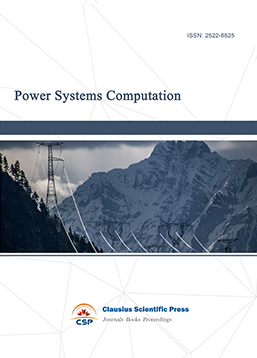
-
Internet of Things (IoT) and Engineering Applications

-
Computing, Performance and Communication Systems
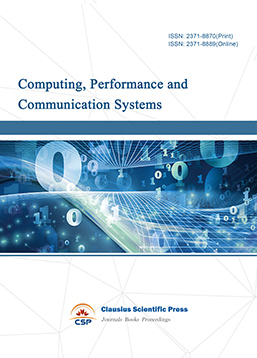
-
Journal of Artificial Intelligence Practice
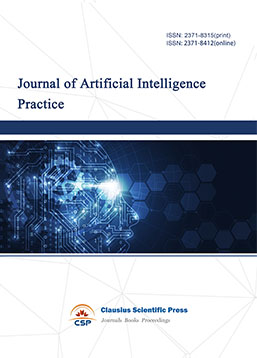
-
Journal of Network Computing and Applications
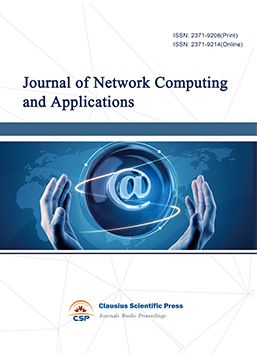
-
Journal of Web Systems and Applications
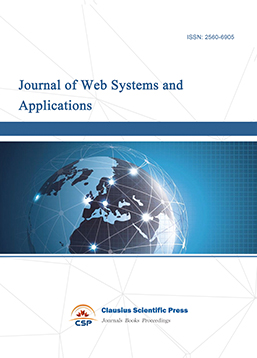
-
Journal of Electrotechnology, Electrical Engineering and Management
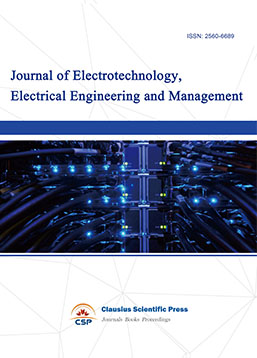
-
Journal of Wireless Sensors and Sensor Networks
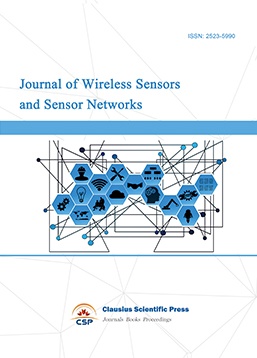
-
Journal of Image Processing Theory and Applications
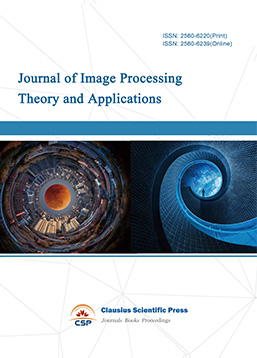
-
Mobile Computing and Networking
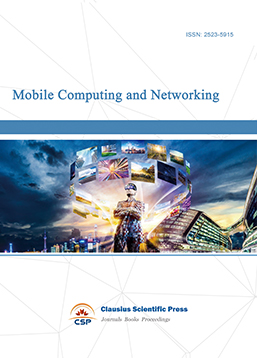
-
Vehicle Power and Propulsion
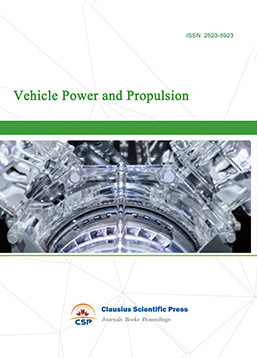
-
Frontiers in Computer Vision and Pattern Recognition
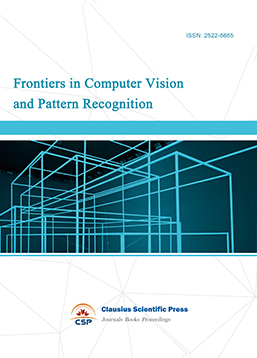
-
Knowledge Discovery and Data Mining Letters
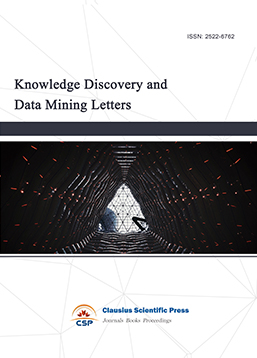
-
Big Data Analysis and Cloud Computing
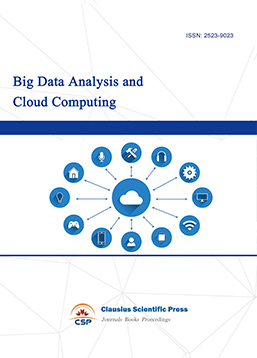
-
Electrical Insulation and Dielectrics
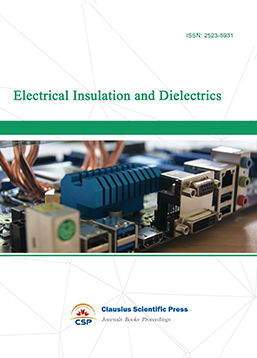
-
Crypto and Information Security
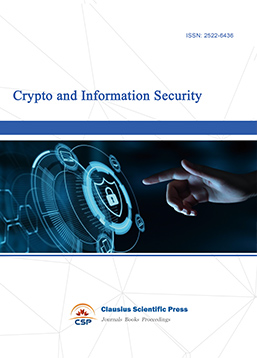
-
Journal of Neural Information Processing
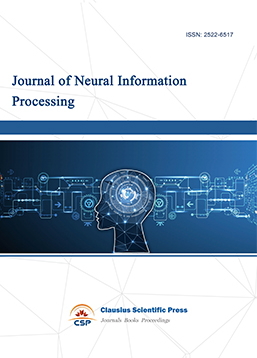
-
Collaborative and Social Computing

-
International Journal of Network and Communication Technology

-
File and Storage Technologies

-
Frontiers in Genetic and Evolutionary Computation
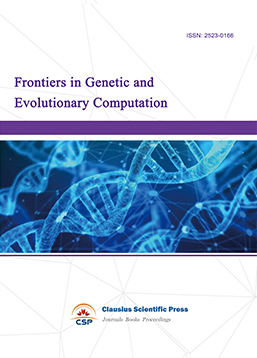
-
Optical Network Design and Modeling
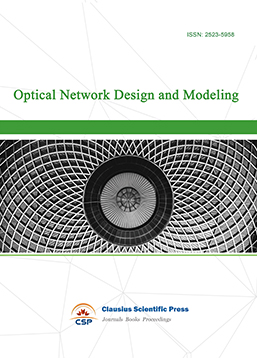
-
Journal of Virtual Reality and Artificial Intelligence
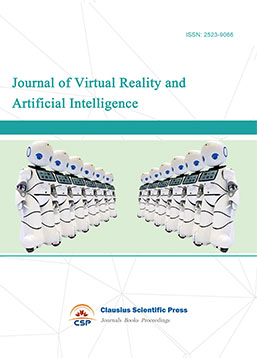
-
Natural Language Processing and Speech Recognition
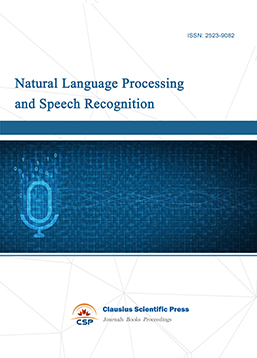
-
Journal of High-Voltage
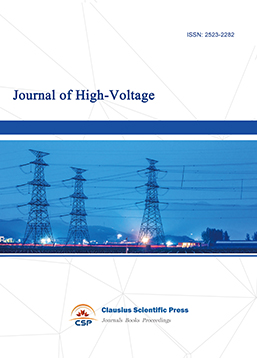
-
Programming Languages and Operating Systems
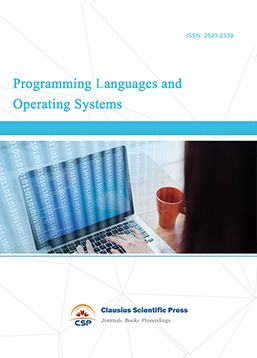
-
Visual Communications and Image Processing
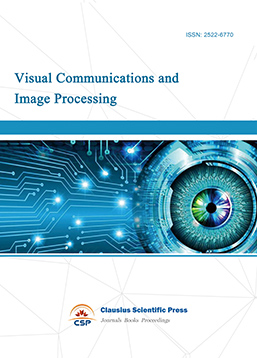
-
Journal of Systems Analysis and Integration
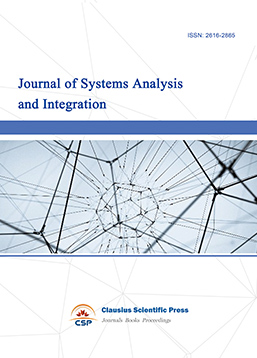
-
Knowledge Representation and Automated Reasoning

-
Review of Information Display Techniques
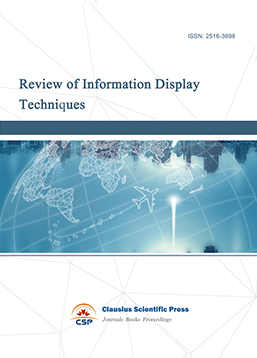
-
Data and Knowledge Engineering
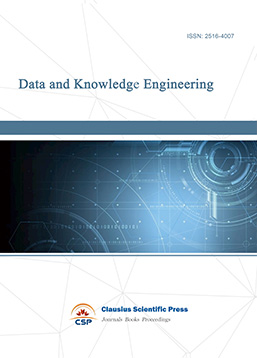
-
Journal of Database Systems

-
Journal of Cluster and Grid Computing

-
Cloud and Service-Oriented Computing

-
Journal of Networking, Architecture and Storage

-
Journal of Software Engineering and Metrics
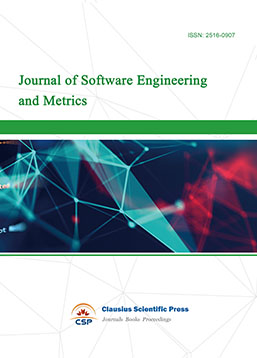
-
Visualization Techniques

-
Journal of Parallel and Distributed Processing
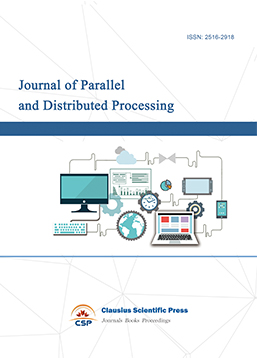
-
Journal of Modeling, Analysis and Simulation
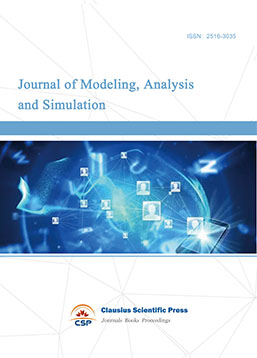
-
Journal of Privacy, Trust and Security
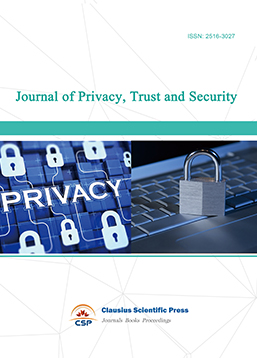
-
Journal of Cognitive Informatics and Cognitive Computing

-
Lecture Notes on Wireless Networks and Communications

-
International Journal of Computer and Communications Security
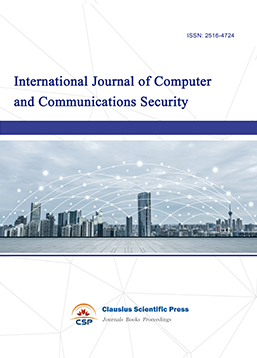
-
Journal of Multimedia Techniques
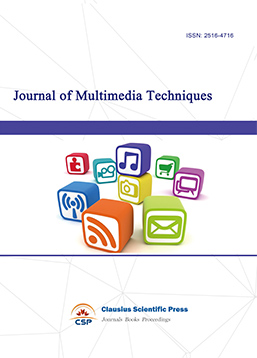
-
Automation and Machine Learning
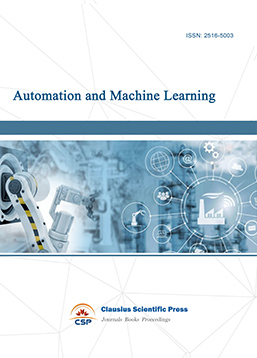
-
Computational Linguistics Letters

-
Journal of Computer Architecture and Design

-
Journal of Ubiquitous and Future Networks
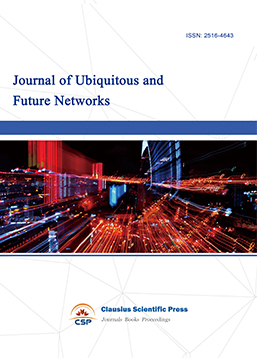

 Download as PDF
Download as PDF